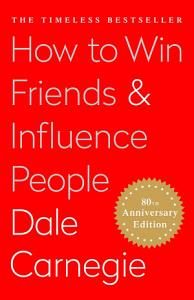 What’s up everyone?!? I hope everyone has been staying healthy and everything. I just wanted to take a minute and share another great book that I have been reading and I feel like this could help other people.
What’s up everyone?!? I hope everyone has been staying healthy and everything. I just wanted to take a minute and share another great book that I have been reading and I feel like this could help other people.
The titular book is called “How to Win Friends & Influence People” – Dale Carnegie. This book was published back in 1936, and I absolute enjoy this book because it is such a classic, and I definitely could learn a few things from this book. Frankly speaking, I felt like sometimes I don’t understand people as well as I should, that’s why I picked up this book just so I could glean a few things, and well, it has worked wonders! It has answered a number of questions for me personally.
If you struggle with interacting with people, or simply wanting to become a better conversationalist, this book has a few tips for you. I highly recommend this book, I’m almost done reading it! If you have questions or a book recommendation for us, feel free to post in the comments below!
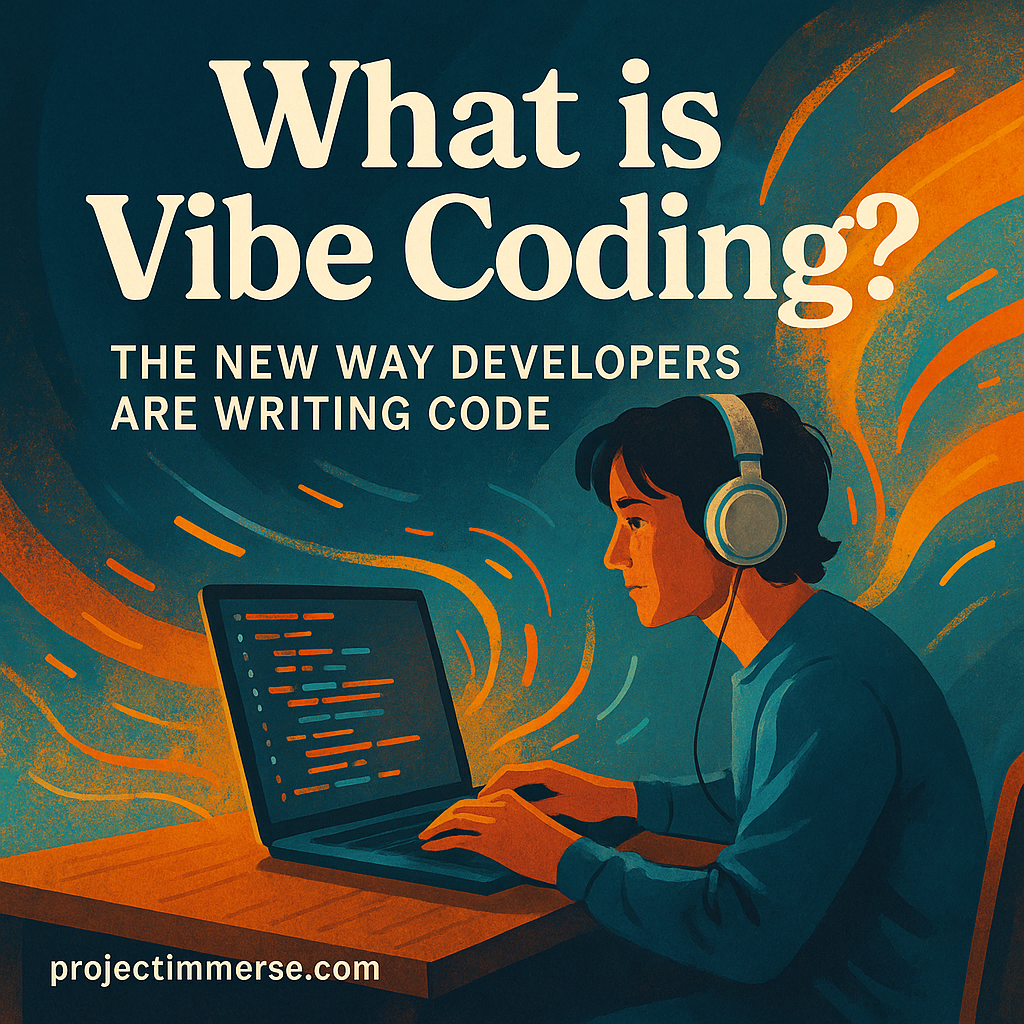
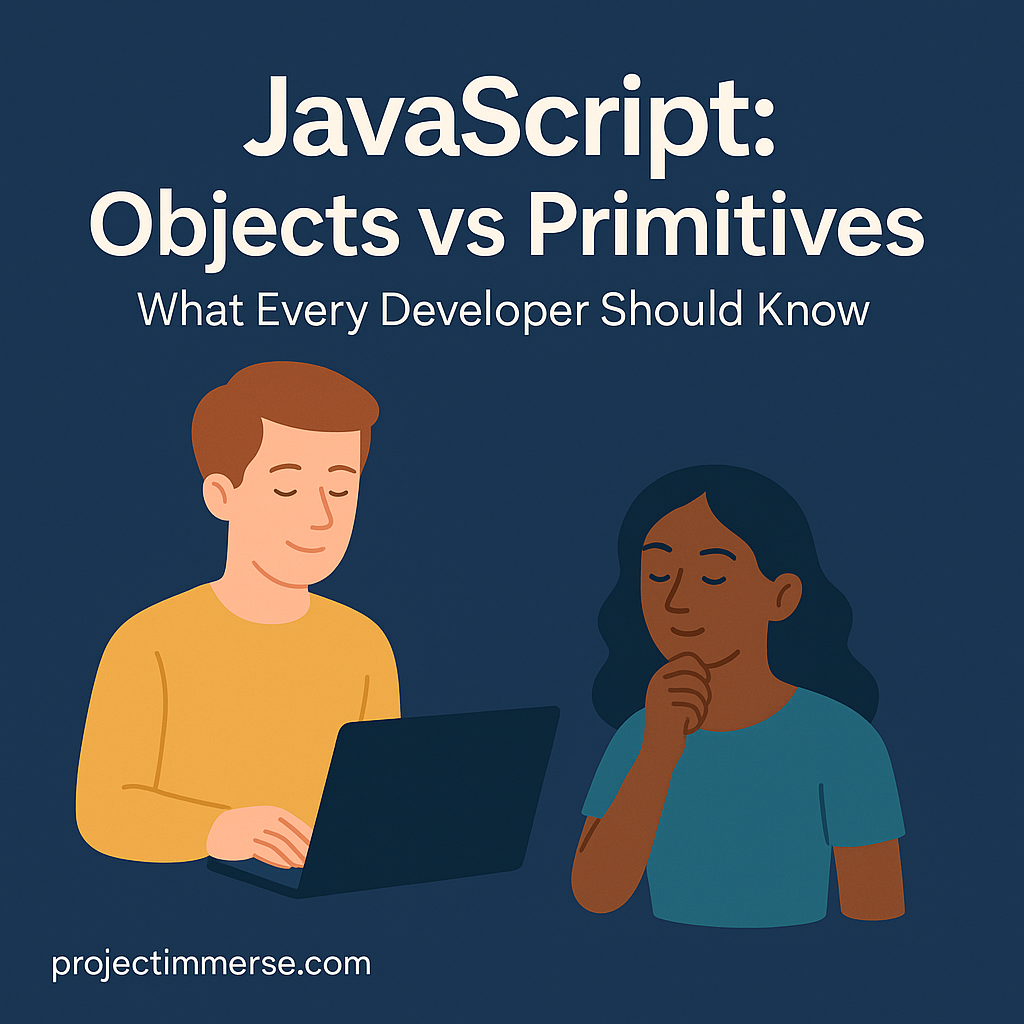
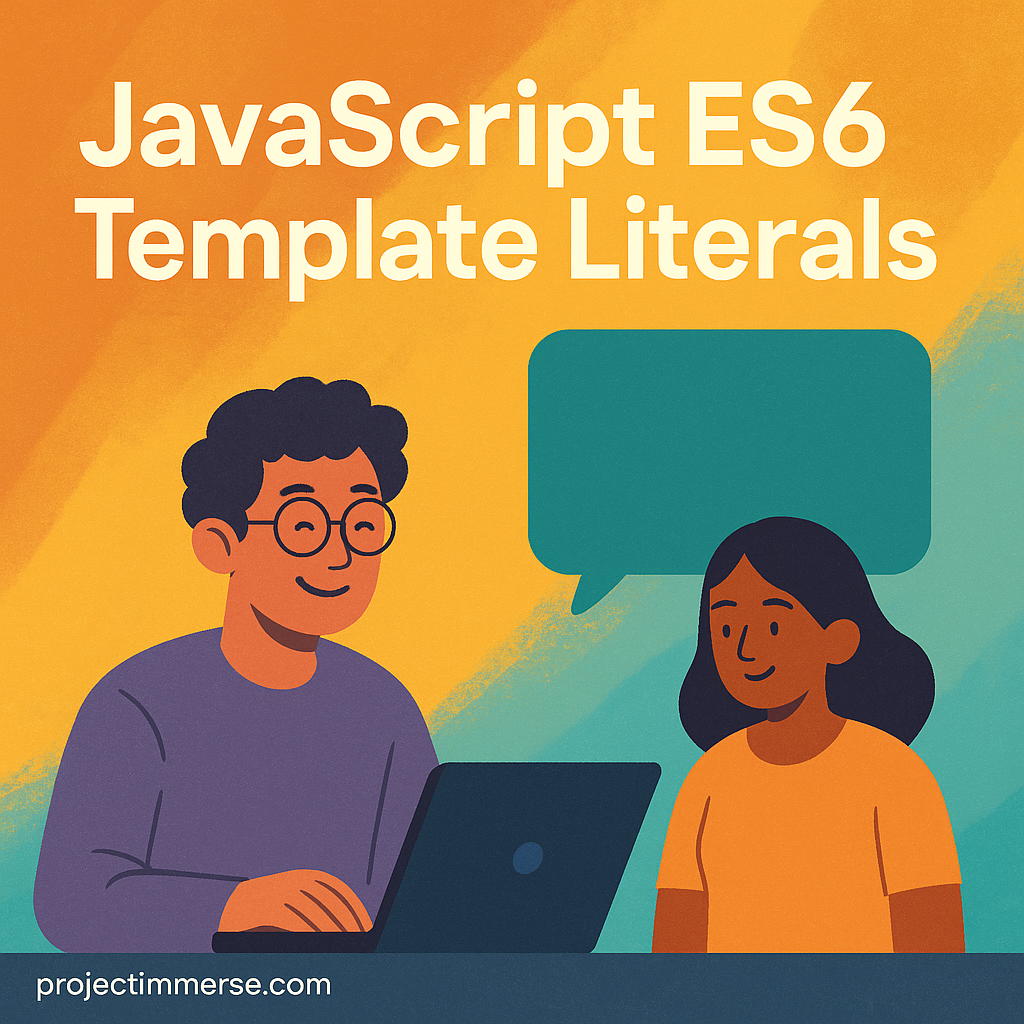
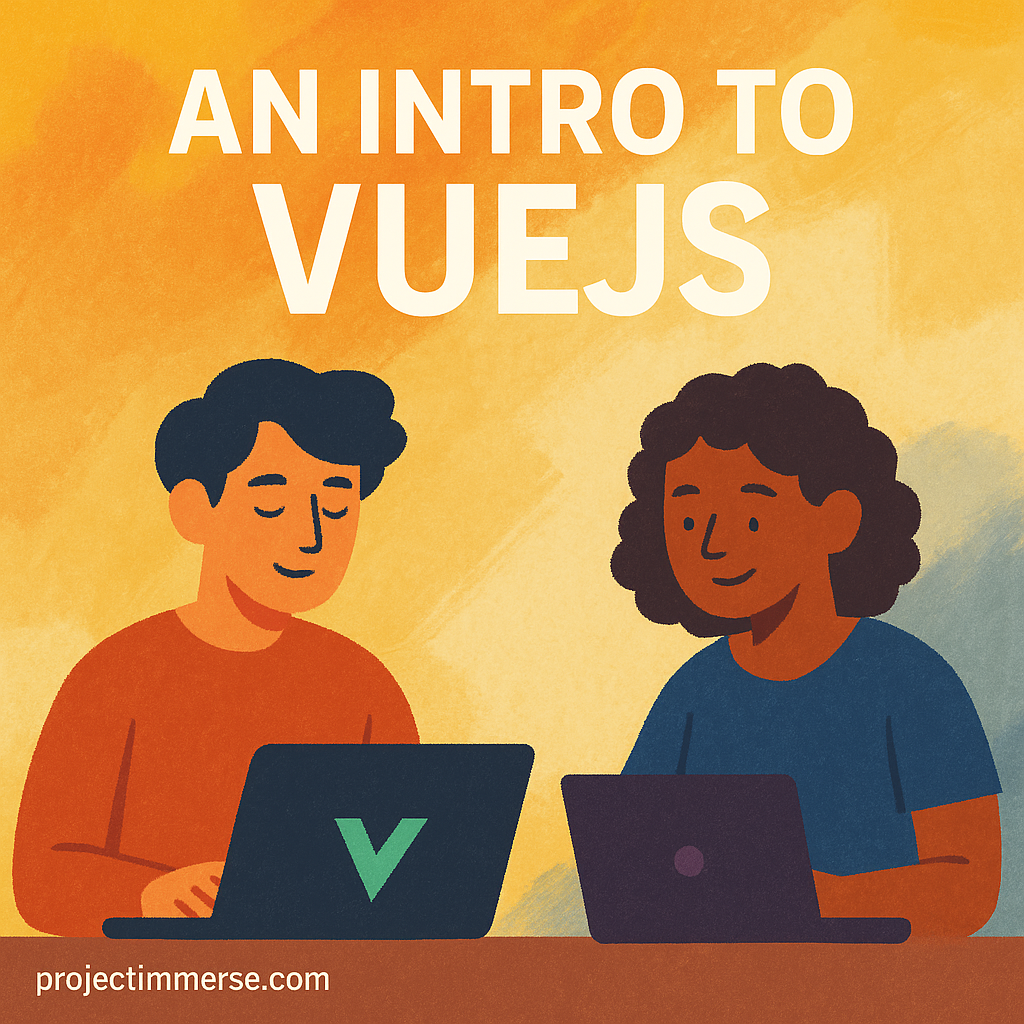
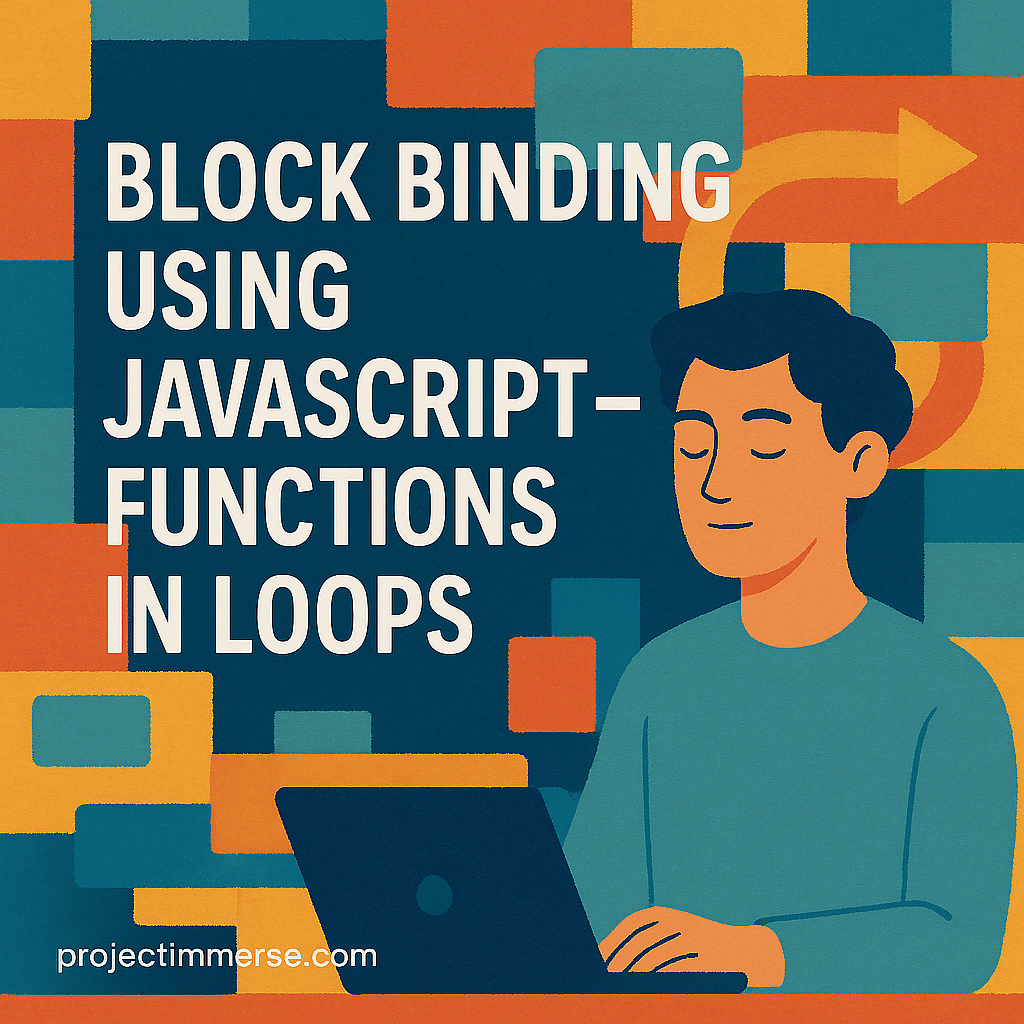
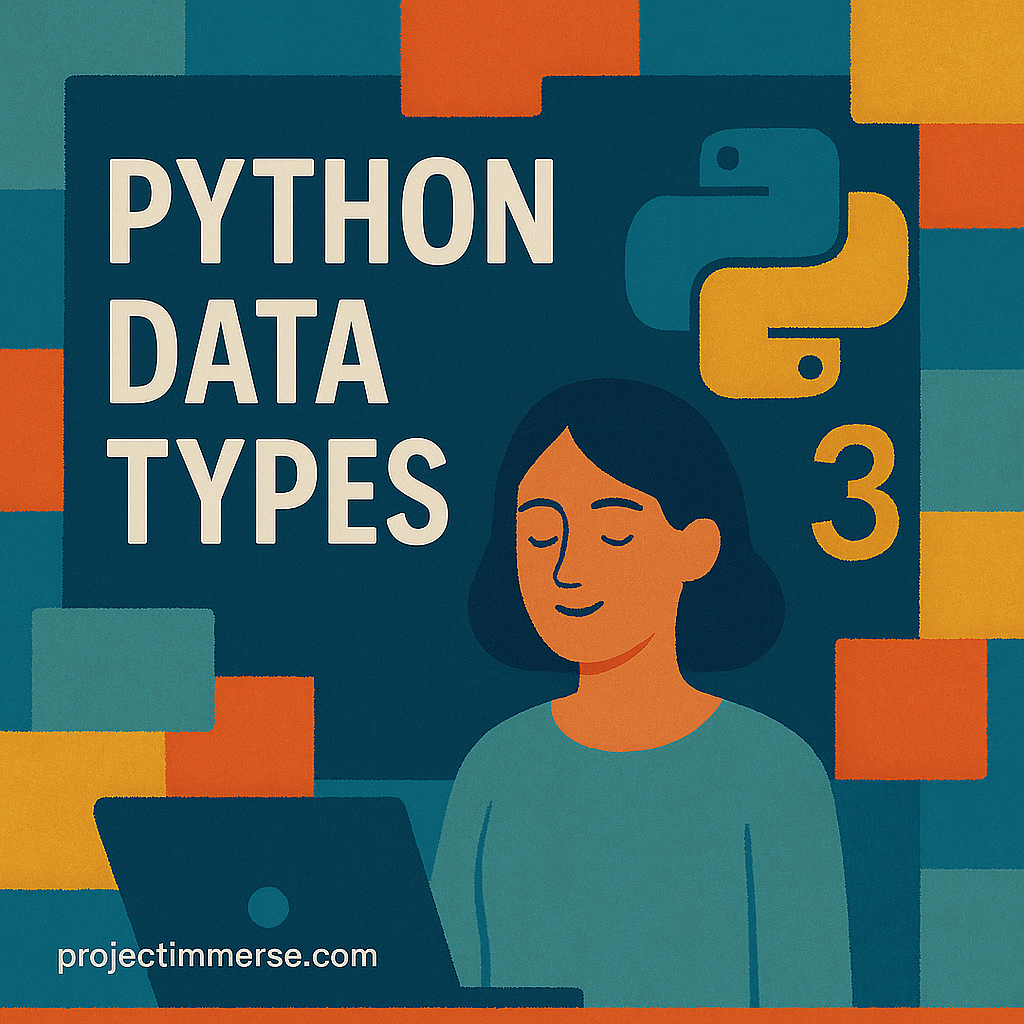
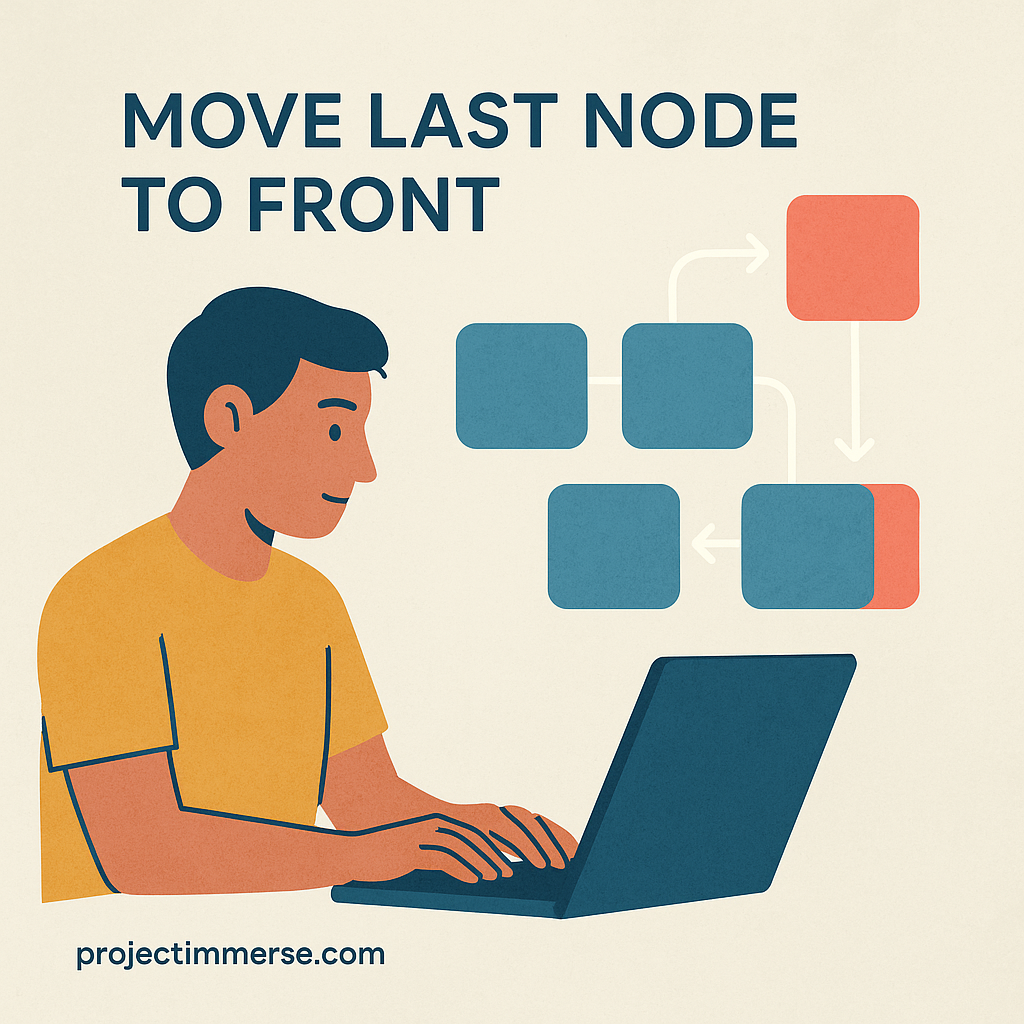
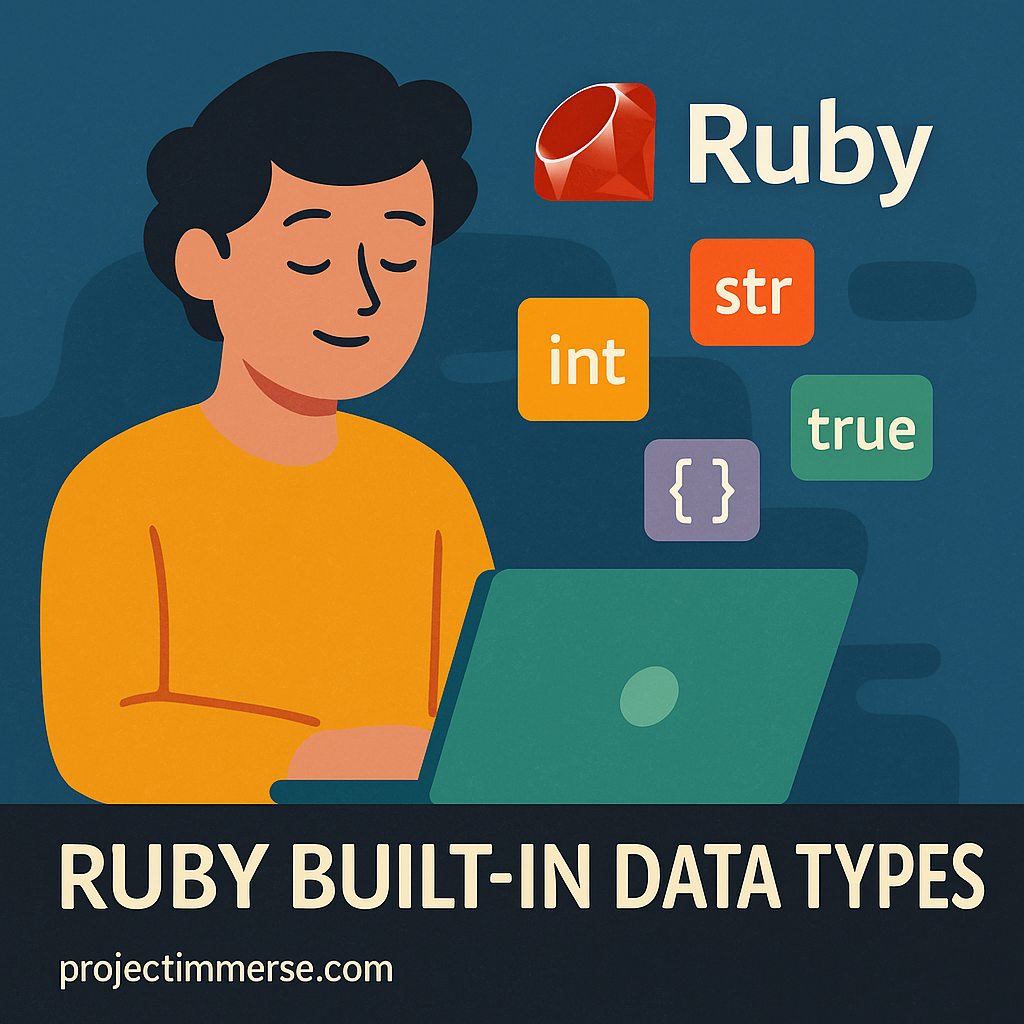

 What’s up everyone?!? I hope everyone has been staying healthy and everything. I just wanted to take a minute and share another great book that I have been reading and I feel like this could help other people.
What’s up everyone?!? I hope everyone has been staying healthy and everything. I just wanted to take a minute and share another great book that I have been reading and I feel like this could help other people.